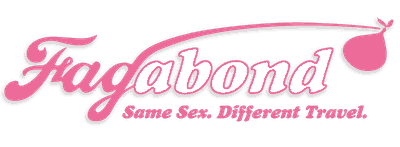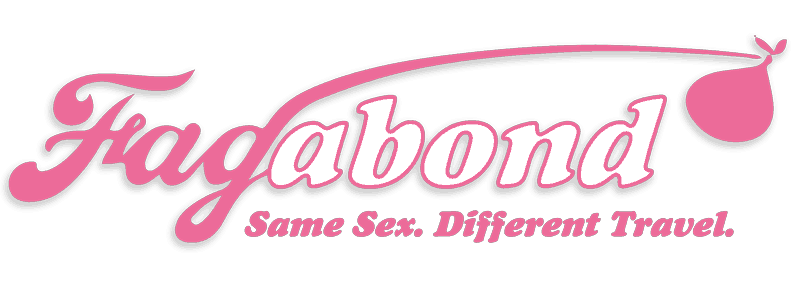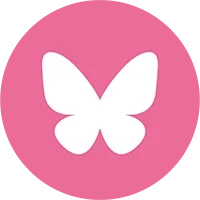 The 1951 book Washington Confidential included a fantastic claim. Between the world wars, “Washington was the capital of Fairyland, USA: More lavender lads and lesbians worked there than anyplace on Earth.”
The 1951 book Washington Confidential included a fantastic claim. Between the world wars, “Washington was the capital of Fairyland, USA: More lavender lads and lesbians worked there than anyplace on Earth.”
That was exaggerated, of course. What else would you expect from a salacious tabloid written by right-wingers? But it wasn’t without basis in truth. While New York City, Chicago, and San Francisco were already established as meccas for those seeking camaraderie with like-minded, same-sex-loving peoples, Washington was becoming its own draw in the 1930s: A burgeoning federal city courtesy of the New Deal, with five major universities to sweeten – smarten – the pot, as well as myriad nearby military facilities to reinforce it. By 1940, Washington had become the nation’s ninth largest city and its “Number One Boom Town,” according to Constance McLaughlin Green’s Washington, A History of the Capital, 1800-1950. By 1950, the metropolitan area had doubled in population from the 1930 census, to 1.4 million people. “This process of urbanization created the kind of social and economic base that is crucial to the development of gay and lesbian subcultures,” according to author David K. Johnson.



